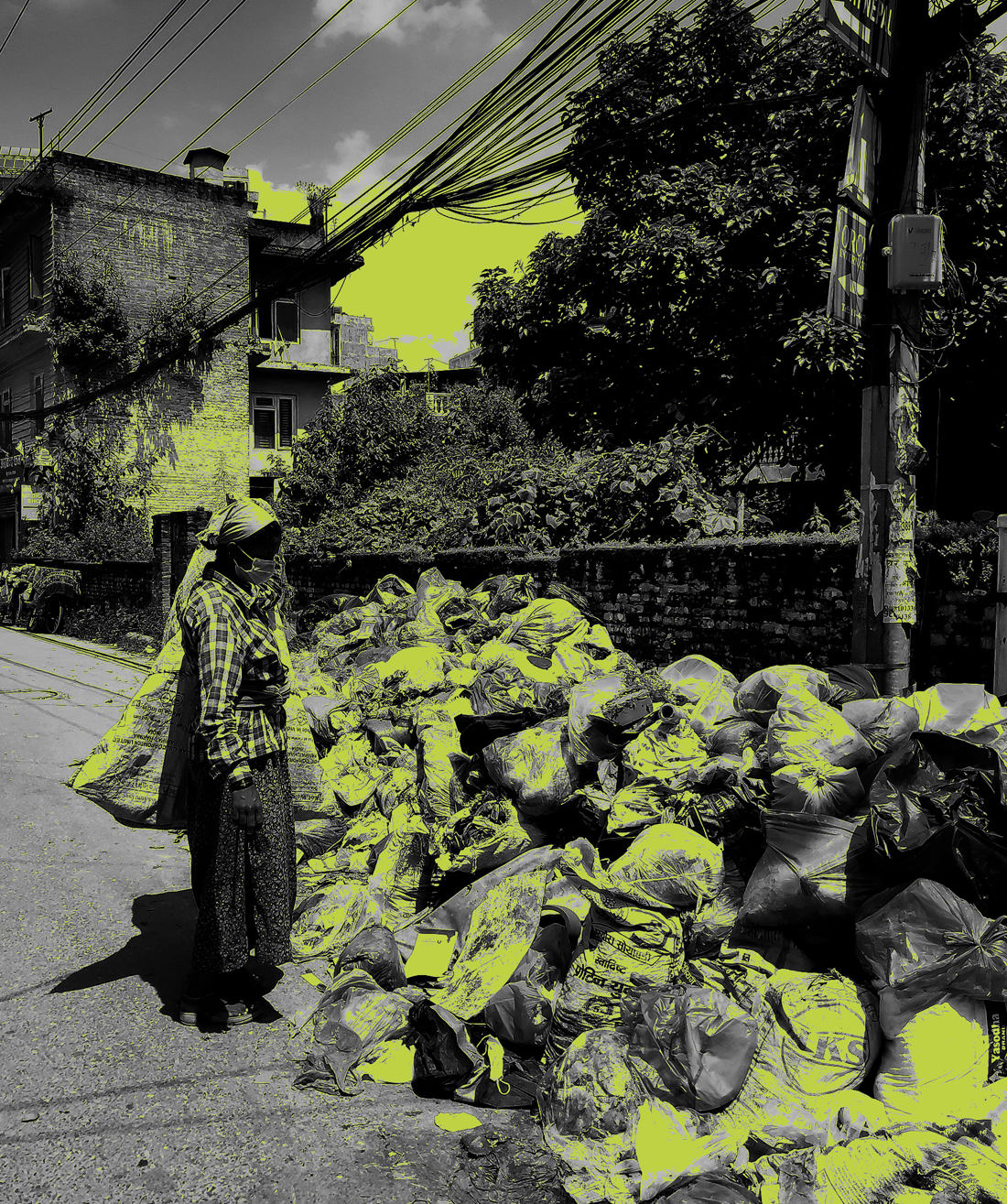Introduction
The oppressive nature of the Indian social order continues to keep marginalised masses at the margins. The unequal distribution of resources has strengthened inequality in terms of accessibility of land, water, air, and other important spaces. This piece aims to discuss the distress and psychosocial impacts on the marginalised masses in general and the Dalit masses in particular, in relation to climate (in)justice. In addition, it will also reflect on the difference in reading the lived reality through the marginal as well as the anti-caste lens in context to the mainstream approach to climate justice.
An important study on the effects of climate change indicates that vulnerability and injustice are interrelated and are context-dependent. They are unevenly distributed within and among groups and individuals from socially-disadvantaged communities. Marginalised communities with pre-existing chronic health disorders, low socioeconomic status, and children living on the margins are especially susceptible to the health effects of climate change and may have a limited capacity to adapt. Frequently, these groups lack the social and financial resiliency required to adapt, manage, and recover from new environmental dangers or climate stress. The conventional emphasis on physical health can and should be expanded to include mental health and wellness.
Climate justice is a subset of environmental justice. It explores the relationship between race, ethnicity, caste, class, and gender with regard to the burden of environmental degradation and the dangers connected with technological progress. The climate justice movement, in general, should have been inclusive as it impacts all sections of society, but as our consciousness gets constructed through the hierarchical social order, thereby one would be able to see that our fight for environmental rights is different, our needs are different, and our demands are different. Bramka Jafino, Jan Kawakkel, and Behnam Taebi in their work on procedural justice and climate change elaborate that procedural justice and distributional justice are two fundamental facets of climate justice. Procedural justice guarantees democratic decision-making that includes the opinions of all individuals affected by climate change. Distributional justice ensures that the costs and benefits of tackling the problem of climate change are spread equitably and in accordance with responsibility and capacity. If we see roughly, as Suraj Yengde mentions in his book Caste Matters (2019) – “casteism touches 1.35 billion people. It affects 1 billion people. It affects 800 million people badly. It enslaves the human dignity of 500 million people.”













